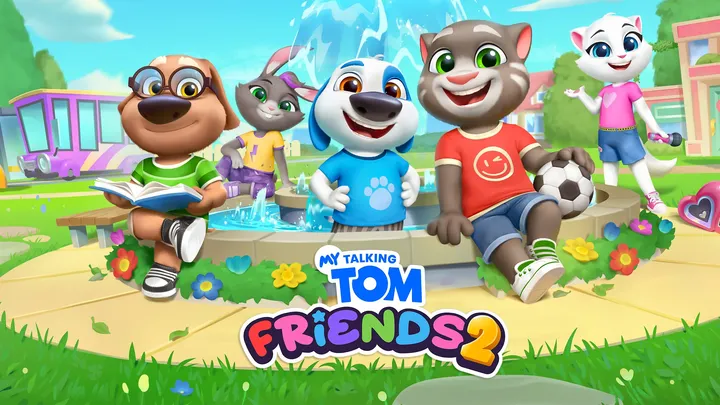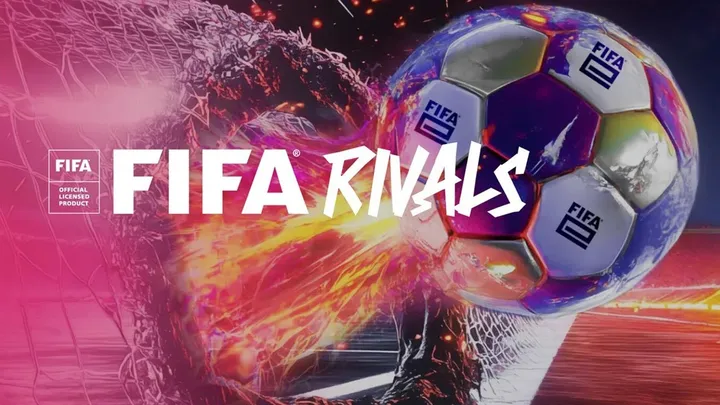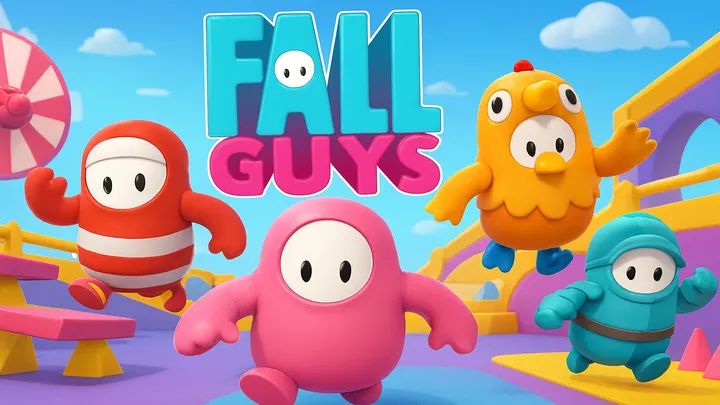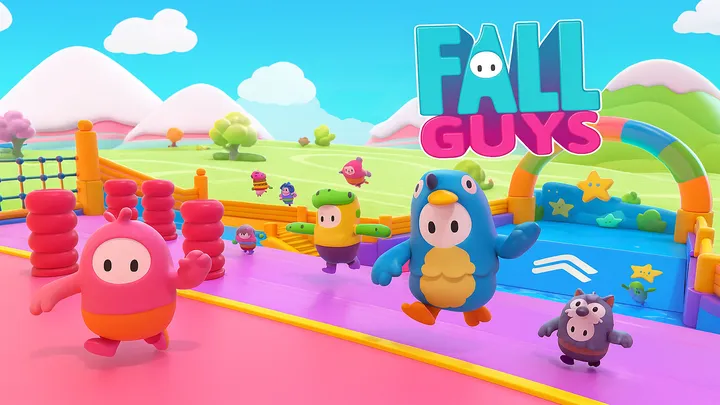NARAKA: BLADEPOINT is more than a battle royale—it’s a martial arts-inspired survival game where skill, timing, and adaptability outweigh simple brute force. Its fast-paced combat, vertical mobility, and diverse heroes demand that players sharpen both reflexes and strategies. To thrive, one must move beyond casual gameplay into calculated mastery. This guide explores essential tips and in-depth strategies, arranged step by step, to help you rise from beginner to seasoned warrior in the world of Morus Isle.
Understanding the Basics of Combat
At its core, NARAKA revolves around melee engagements where precision trumps randomness. Unlike traditional shooters, combat emphasizes weapon clashes, parries, and well-timed combos.
Grasping the difference between light attacks, charged strikes, and counters is crucial. Early mistakes often stem from button mashing—an approach that leaves you vulnerable. Instead, mastering the rhythm of combat ensures survival.
Weapon Familiarity
Each weapon, from katanas to spears, has unique strengths and combo flows. Beginners should stick to one or two weapons to build muscle memory before branching out.
The Importance of Stamina
Stamina dictates how many actions you can perform in succession. Overextending attacks without watching stamina leads to being punished. Always leave room for dodges and escapes.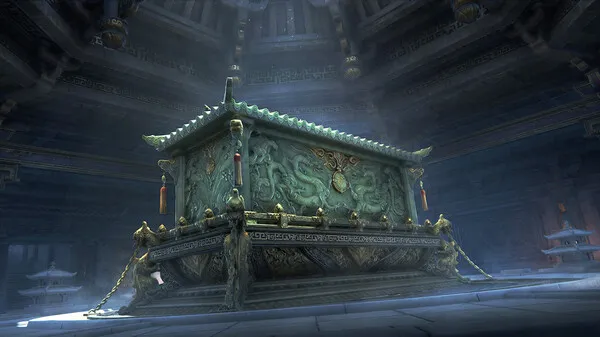
Hero Selection and Abilities
Heroes in NARAKA are not just cosmetic; their skills drastically alter your playstyle. Understanding how to synergize abilities with weapons makes you far more effective.
For example, Viper Ning’s crowd-control skill works best when paired with heavy weapons, while Matari’s teleportation supports agile and ranged approaches.
Learning Your Hero
New players should experiment in training mode to discover the timing, range, and impact of each hero’s ability. Over time, you’ll learn which abilities complement your style.
Countering Opponents’ Heroes
Awareness of enemy hero abilities is equally important. Predicting and avoiding key abilities often means the difference between defeat and victory.
Weapon Mastery Progression
Weapons in NARAKA grow stronger as you use them. This progression system rewards consistent dedication.
Mastering Combos
Every weapon has signature combos. For instance, the katana offers fast strings with short cooldowns, while the spear emphasizes range. Learning to chain attacks fluidly improves DPS and ensures pressure.
Switching Weapons
Sometimes, sticking to one weapon isn’t enough. Carrying a backup lets you adapt. For example, switching to a ranged bow in the mid-game can surprise enemies who expect only melee combat.
Movement and Verticality
Mobility is one of NARAKA’s defining features. Grappling hooks, wall runs, and climbing allow you to maneuver dynamically.
Grappling Hook Usage
The grappling hook is more than a traversal tool. Use it to dodge mid-combat, close gaps, or escape ambushes. Timing a grappling hook toward an enemy creates pressure they might not expect.
Playing with Elevation
Fighting uphill gives vision advantage, while fighting downhill often traps enemies. Using terrain strategically creates opportunities to control fights.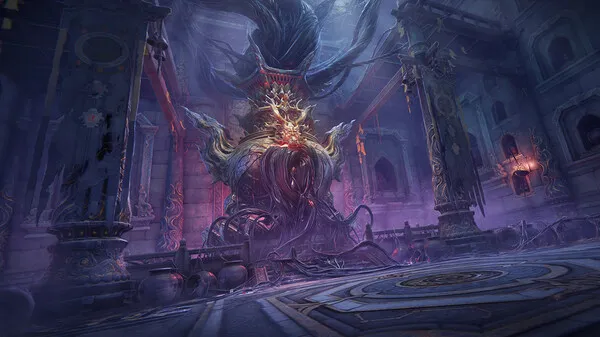
Resource Management and Looting
Survival depends on proper looting and careful resource use. Healing items, armor powders, and weapon upgrades keep you in the fight longer.
Prioritizing Items
Don’t overload your inventory. Carry a balanced mix of armor repairs, health potions, and grappling hooks. Over-looting wastes time and mobility.
Upgrading Weapons
Golden and purple-tier weapons are strong, but chasing upgrades recklessly puts you in danger. Always weigh the risk before diving into contested loot areas.
Timing and Patience in Combat
Rushing battles without reading the flow leads to mistakes. Many fights are won not by aggression but by patience.
Learning Enemy Patterns
Every opponent reveals habits: some dodge too early, others overuse heavy attacks. Identifying and exploiting these patterns is key.
Counterplay
The parry system is punishing. Timing your counter when the opponent charges a heavy strike can immediately turn the fight in your favor.
Team Strategies and Communication
In trios, communication is the backbone of success. Lone-wolf play rarely works against coordinated teams.
Role Distribution
Assigning roles—such as damage dealer, support, and mobility scout—ensures efficiency. A balanced team composition can handle multiple situations.
Revives and Rescue
Don’t panic if a teammate falls. Using the soul altar strategically can bring them back into the fight. Protecting fallen allies while reviving separates disciplined teams from casual groups.
Late-Game Survival
As the circle shrinks, tension escalates. The final zones require adaptability and sharp nerves.
Positioning in the Endgame
High ground is invaluable. Secure a vantage point while keeping an escape route open. Being trapped in a low area often spells defeat.
Fighting the Last Opponents
Endgame battles usually come down to stamina and timing. Resist panic, conserve resources, and look for openings rather than rushing blindly.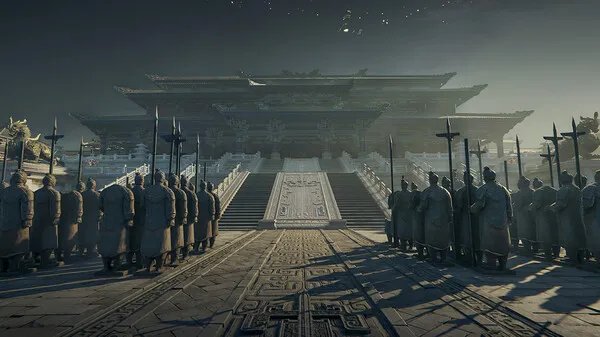
Common Mistakes and How to Avoid Them
Many players lose matches due to repeatable errors. Recognizing these mistakes accelerates improvement.
Overconfidence After a Kill
Winning one duel often leads to reckless aggression. Healing and regrouping should always take priority before engaging again.
Ignoring Sound Cues
NARAKA provides vital audio information—footsteps, grappling hooks, and ability sounds reveal enemies’ positions. Neglecting sound awareness is a costly mistake.
Advanced Techniques for Mastery
Once you’ve mastered the fundamentals, you can push into high-level play with advanced tricks.
Canceling and Animation Control
Expert players cancel attack animations to maintain unpredictability. This makes it harder for enemies to read patterns.
Grapple-Pull Combos
Using the grappling hook offensively to pull yourself into combo range is a devastating move. With practice, it becomes a signature style of high-ranked players.
Conclusion
Mastering NARAKA: BLADEPOINT requires balancing combat skill, hero knowledge, resource management, and psychological discipline. Every battle is a test of patience and adaptability. From learning weapons to reading opponents, every tip outlined above forms a piece of the path toward mastery. Progress will not be instant, but with dedication, you can evolve into a formidable warrior capable of standing among the best.




